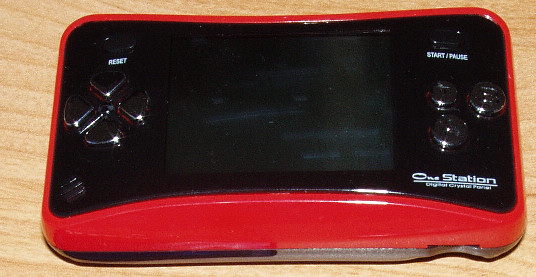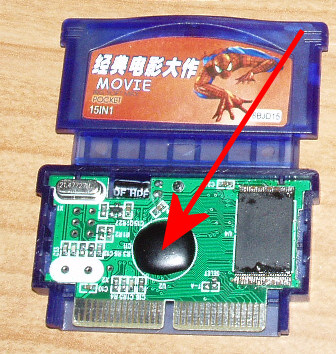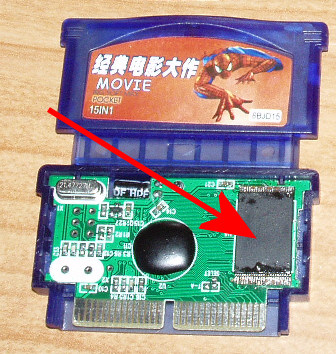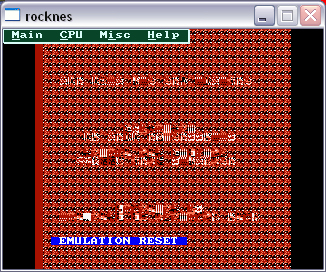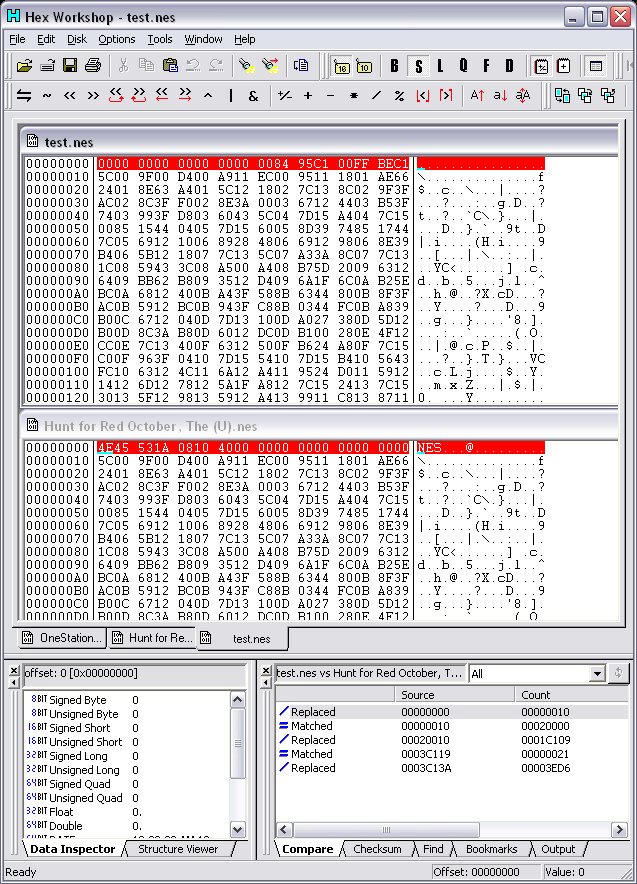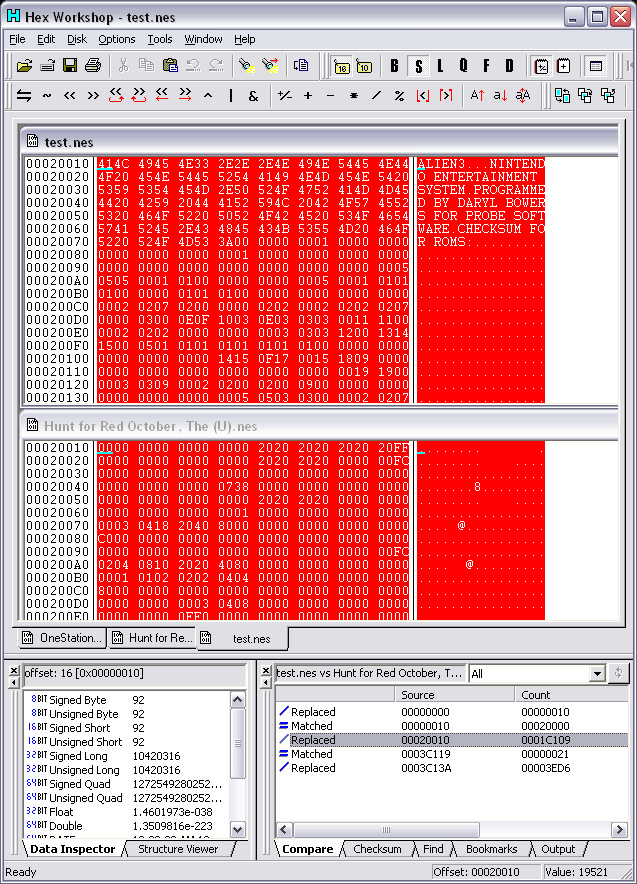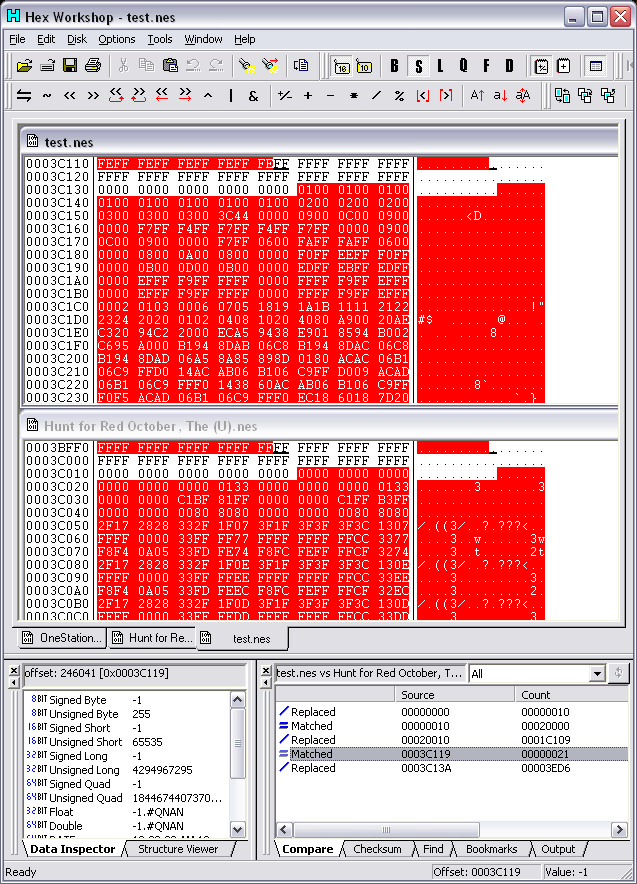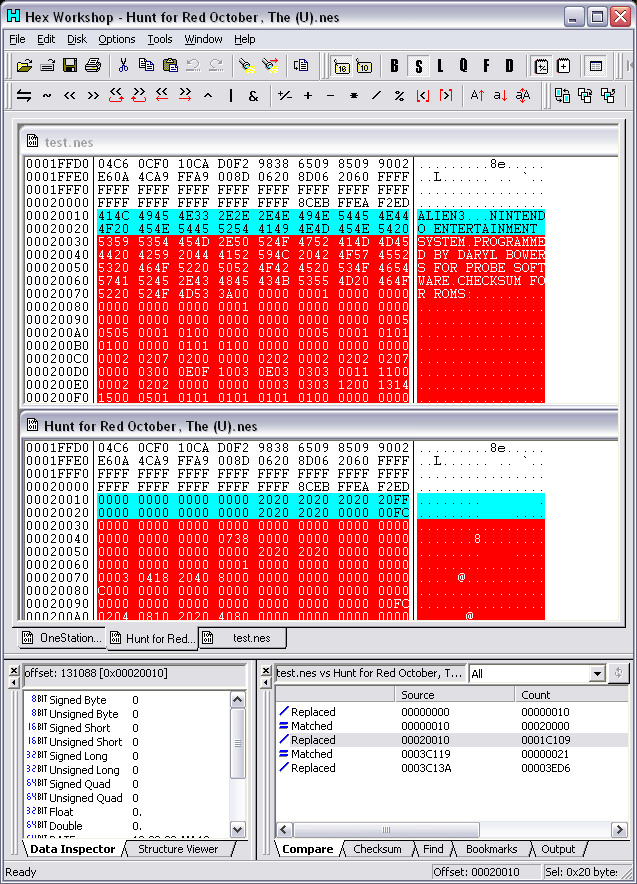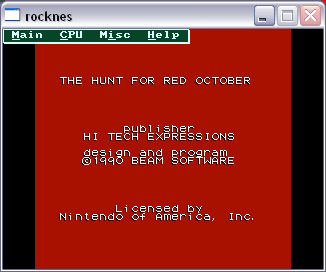Now that I have the
data that I need, I want to see if I can stick it back onto the
cartridge. I decided to try and replace the sucktacular Hunt for Red
October with another game to see if reprogramming the FlashROM and
re-soldering it back onto the OneStation would work. At first I wanted
Excitebike on the cart, but then I realized Excitebike is something
like 24KB, and I wanted a game that had the same file-size as HfRO just
for testing purposes. Then I found Ninja Gaiden, ah yeah. A classic.
Ninja Gaiden was exactly 256KB like HfRO.
So what I did was replace the game data of HfRO with
the game data from Ninja Gaiden (0x00000000 to 0x0020010). I took the
data from "Ninja Gaiden.NES" and stuck it into OneStation romdump. Did
the same for the graphics data. (Remember the file sizes and data
location offsets). Cutting and pasting is not a grueling task, so that
was done quick. I confirmed the file size of the OneStation romdump was
still the same. So everything looked good. I also modified the "Menu"
in the Boot screen to say "NinjaGaiden" (thats all that fit in there).
I whipped out my trusty Willem programmer. Started
programming the new modified romdump. Bam, it failed. Ok, I see that
the programming software takes up a ton of resources. So I killed
off a bunch of programs and erased the chip (took about 20mins). Then I
successfully programmed the full 4MB modified romdump (took about an
hour or so with a parallel-port programmer). I verified the chip-data
and everything looked great.
I yanked out the chip from the chip-programmer, and
got to soldering.
And thats where things went wrong. I've never done any SMT SOLDERING
(De-soldering is a painless task). I made a huge mistake. I forgot to
add flux to the pads, I forgot to tin the pads. I just put the chip
back on the pads and jammed the soldering iron onto the chip's leads.
Some leads wouldn't stick (duh... there's no SOLDER!), so I kept
jamming on the soldering iron. A few minuts later everything looked
good.
I thought I soldered the chip back on just fine. I closed the cartridge
case. I plugged it into my OneStation console. Fired it up. WHITE
SCREEN. NOTHING.
I looked closer, and I noticed I killed a few of the PCB"s solder pads.
And probaby the chip too with that much heat.
So now what? I'm waiting for a few more of these 15-in-1 carts before I
can continue and try to do this right.
TO BE
CONTINUED...(after I get more OneStation Cartridges)
OneStation MD 16-Bit adapter and 16bit MD games:
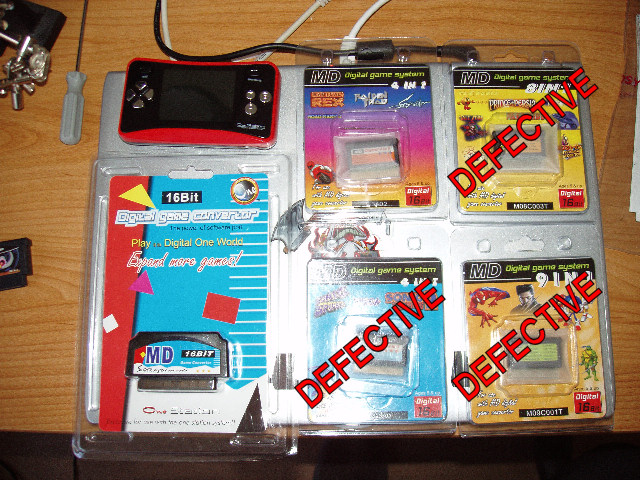
Whats this? It's the "16bit MegaDrive" adapter and
cartridges for the OneStaion. The adapter is a Sega-Genesis-on-a-Chip,
and the carts are like Genesis carts. The carts are tiny...and fraglie.
I got the MD adapter because when it was announced, I thought you'd be
able to plug in Genesis carts into the adapter. I was wrong.
So why am I dedicating a section to this thing?
Because it sucks.
3 out of the 4
MegaDrive games I got were DEFECTIVE! 75% failure, BEFORE I even got a
chance to play them. Whats with that shit? The carts are so tiny and
fragile, they are probably affected by the slightest bit of static
electricity. I'm pissed. And inside the cart there really isn't much to
look at. It's the same chip you see when you rip apart a Radica game
system. Thats it for my complaining.
